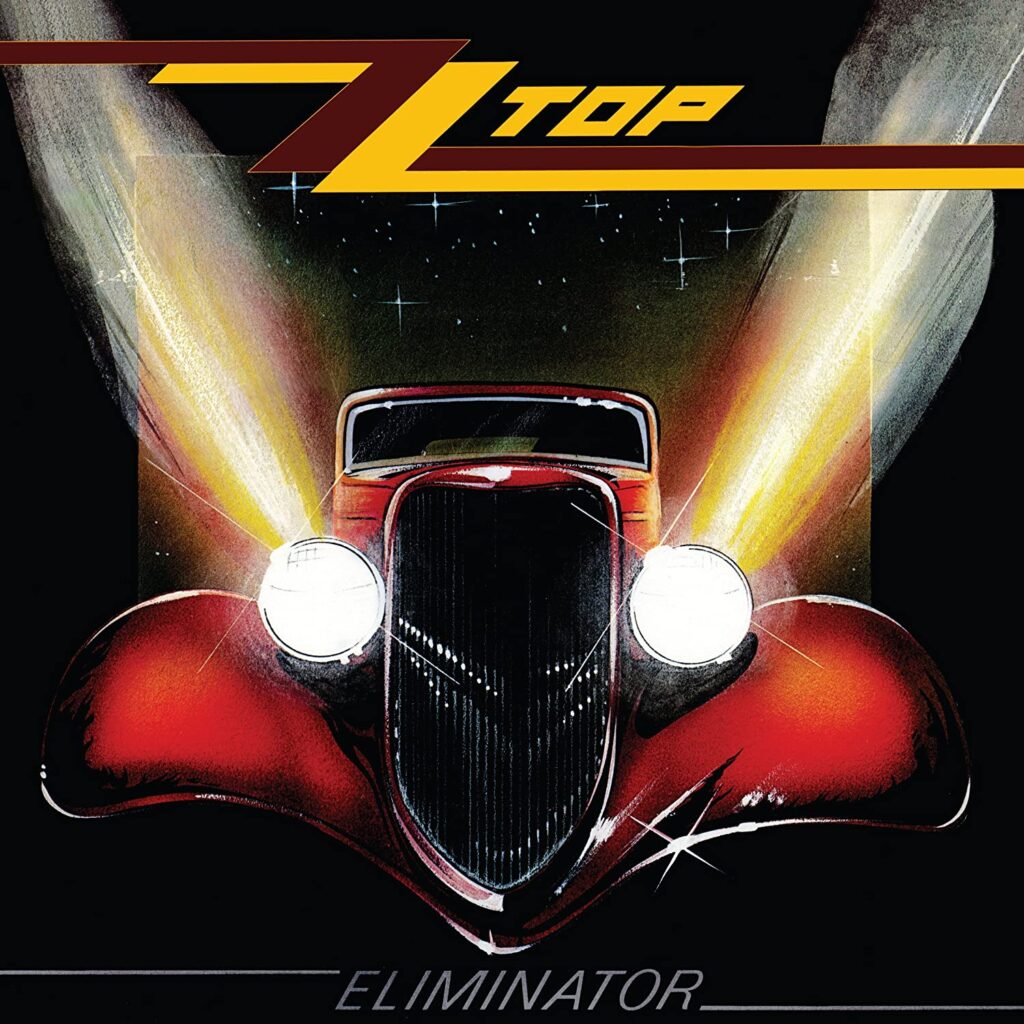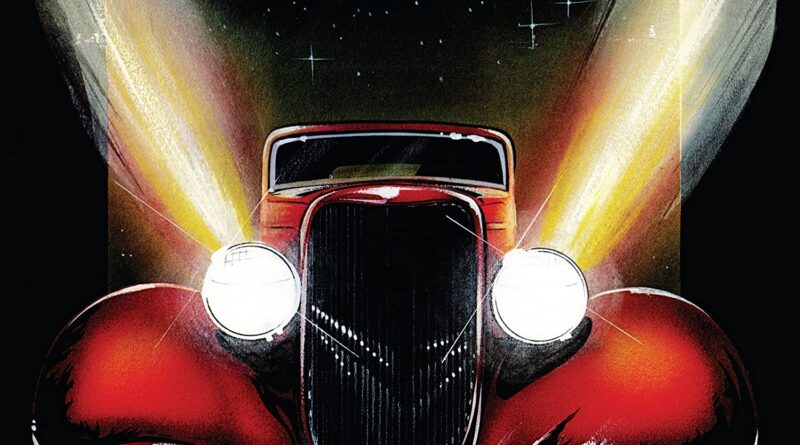HEAVY MUSIC HISTORY: Eliminator – ZZ Top
If your parents are of a certain generation, you’ll have heard of rock powerhouses ZZ TOP. Known for their mix of catchy riffs and trademark beards, the trio dominated any self-respecting father’s car radio. Before the days of Magic 105.4, ZZ TOP pushed their way to the pinnacle of blues tinged rock with their eighth album Eliminator.
If people didn’t know the album title, they were sure to know the singles. Eliminator would spout four hit singles in Gimme All Your Lovin’, Sharp Dressed Man, and TV Dinners, with their most successful being Legs. The 1983 smash-hit became the band’s most commercially successful release but the production process would become a bone of contention for years to come.
In the wake of 1981’s El Loco, ringleader Billy Gibbons [vocals/guitars] noted a shift in popularity from rock music to the synth-wave smoothness of bands like DEPECHE MODE. While Gibbons wanted to follow the trend aesthetically, retaining the band’s emphasis on guitar driven melodies was a caveat. Speaking to Guitar World in 2009, Gibbons would cite the “creative inventiveness of the techno-pop bands from England” as inspiration for the shift in sound. Though this change wasn’t completely down to DEPECHE MODE. Co-writer and producer Linden Hudson would introduce Gibbons to drum machines in his home studio during the El Loco recording process. Curiosity piqued, Eliminator slowly came to life to the beat of a click track.
This wouldn’t be the only change however. Previously known for their lower and slower tracks, Eliminator would see ZZ TOP produce an up-tempo and radio friendly 45 minute run time. That too came from the influence of Hudson. A former radio DJ, Hudson had conducted extensive personal research which concluded that many hit songs sat around the ballpark of 124 BPM. Other examples include METALLICA’s Master Of Puppets and SCORPIONS’ Rock You Like A Hurricane.
It would be during the recording process itself that the wheels on the wagon would wobble. Having completed recording and pre-production with Hudson in Texas, Gibbons would fly home to Memphis, Tennessee to carry out final production. The band’s manager, Bill Ham, and record producer Terry Manning were also on task to zip Eliminator over the finishing line. Noting synths could sink an octave lower than a bass guitar, Dusty Hill’s [bass] parts would be overdubbed. Frank Beard (guitar) wasn’t safe either as many of his contributions would also be replaced.
Many would think these outside influences would be given recognition for their contributions. This wasn’t to be the case however as Ham declared Eliminator was purely the work of ZZ TOP and ZZ TOP alone. Taking offence to this, Hudson would take the band to court in 1986 to be rightfully credited in songwriting and production capacities. A judge would rule in his favour and declare him the sole composer of the electronica-driven, and arguably least popular track, Thug.
Sonic reinvention complete; ZZ TOP’s main focus now were aesthetics. Donning the “silk suit, black tie” simply wasn’t enough to stand out from the crowd. Enter the 1933 Ford Coupe. The original hot rod had been bought by enthusiast Gibbons after it featured in the video for Gimme All Your Lovin’ from its Arizona owner. Like any good car owner, the machinery needed a name: look no further than the title of the album we’re talking about now. This Eliminator has a 5.7 litre Chevy V8 engine but this isn’t the only cherry red love of Gibbons’ life. After taking the car on tour to be used as transport and a stage prop, crazed fans wanting to see the car prompted Gibbons to commission a second model to be made by Ford.
Taking the sonic Eliminator on the road would prove difficult. Due to the overly produced tracks, the band simply couldn’t replicate their own hits in the live arena without the use of backing tracks or click tracks. Taking one for the team, manager Bill Ham stepped up to the plate and would carry ZZ TOP’s secret in his back pocket in the form of a cassette tape. It was a well kept secret until… well, until it wasn’t.
ZZ TOP would be saved from the obscurity many 70s bands fell into at the turn of the 80s by their eighth album. Eliminator would go on to be Diamond certified in the US while debuting at Number Three in the UK charts. It was a smash critically as Robert Christhau would praise Eliminator as “boogie in overdrive”. In 2002, Guitar World hailed the album as a “brilliant merger of roadhouse blues and synthesizer wells and looped beats”. It wasn’t just the rock charts they were dominating at the time as the Financial Times heralded the band as “bona fide pop stars”.
While many know the whereabouts of Eliminator in ZZ TOP’s musical legacy, what about the car? The $50,000 copy sits proudly in the Rock and Roll Hall of Fame in Cleveland. It leaves the exhibition room on a regular basis to make appearances on TV, at auto shows or charity events. As for the original synonymous with ZZ TOP? We can only imagine it is pride of place in Gibbons’ personal car collection.
This record is rightly mentioned within the book 1001 Albums You Must Hear Before You Die and influenced droves of blues rock acts both then and now. Having received a remaster in 2008, it’s criminal that this pivotal record’s 40th anniversary isn’t being celebrated on a larger scale. The band are currently teasing a reissue outside of their current merchandise drop and we can only hope this comes to fruition. Those singles feature on many a tribute album but this collection of work deserves to be celebrated as a whole. NICKELBACK may have produced a stellar cover of Legs, but nothing hits like the original. While some of the tracks may now sit on the wrong side of cheese, one fact still remains true; every girl’s crazy ‘bout a Sharp Dressed Man.

Eliminator was originally released on March 23 1983 via Warner Bros Records.
Like ZZ TOP on Facebook.

